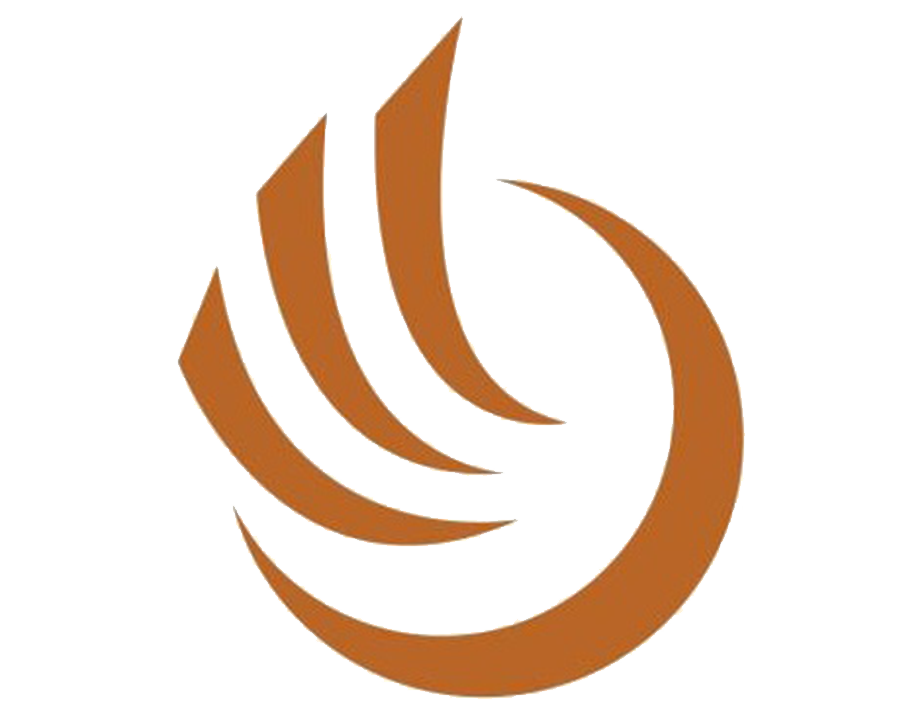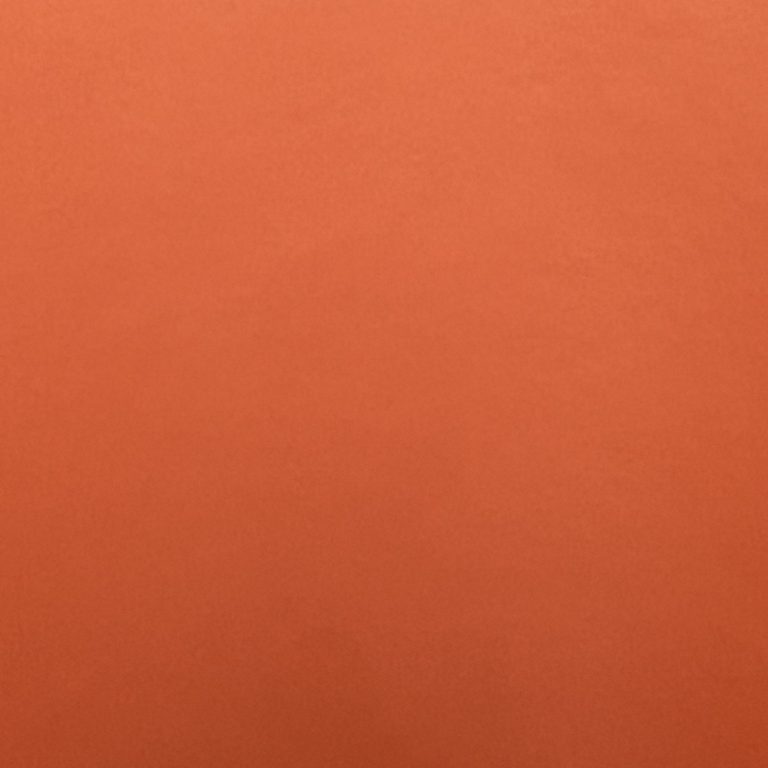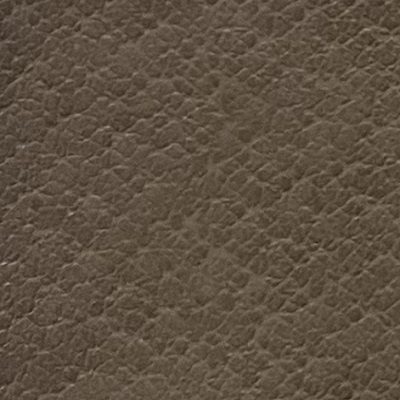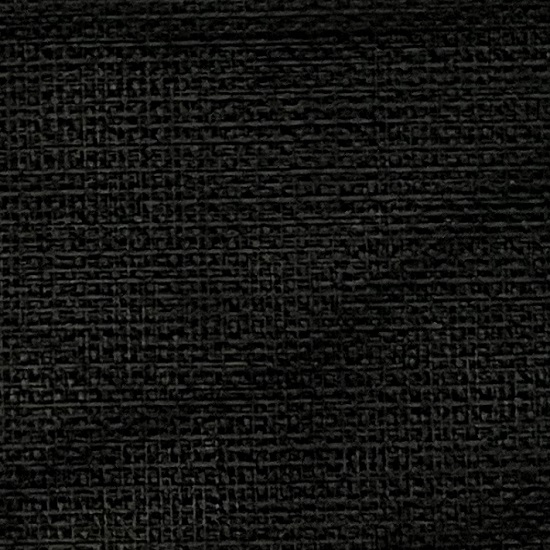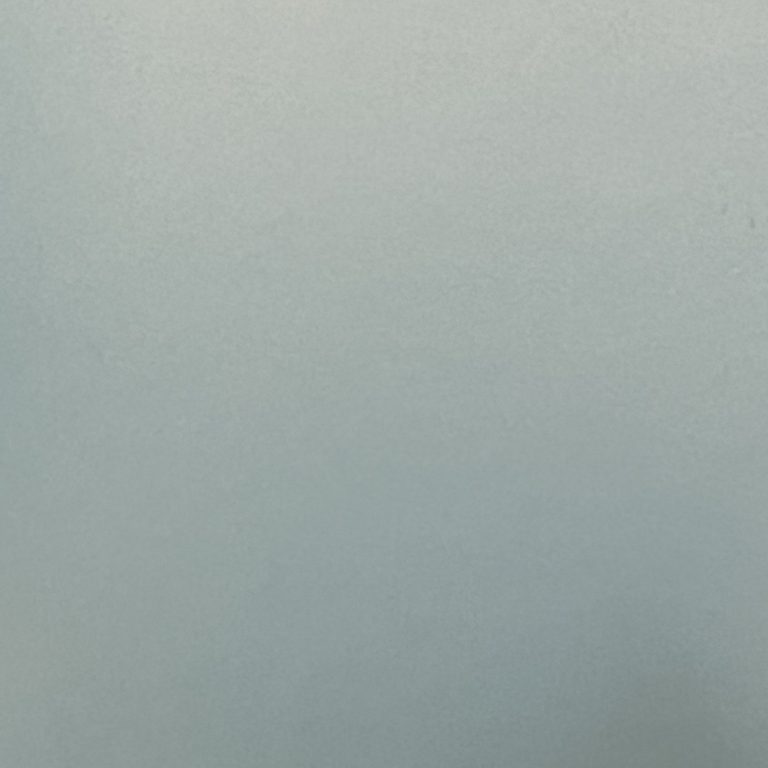Table of Contents
Popular Bookbinding Techniques for Beginners
Bookbinding is a centuries-old craft that has been practiced by artisans and hobbyists alike. Whether you are looking to create a personalized journal, sketchbook, or photo album, learning the art of bookbinding can be a rewarding and fulfilling experience. In this article, we will explore some popular bookbinding techniques that are perfect for beginners looking to dip their toes into this creative world.
One of the most common bookbinding techniques for beginners is the saddle stitch method. This method involves folding a stack of pages in half and sewing them together along the fold. Saddle stitching is a simple and effective way to bind small booklets and pamphlets. All you need is a needle and thread to create a sturdy and professional-looking binding.
Another popular bookbinding technique for beginners is the coptic stitch method. This method involves sewing individual signatures (groups of folded pages) together using a decorative stitch that is visible on the spine of the book. Coptic stitching allows for the book to lay flat when opened, making it ideal for journals and sketchbooks. With a little practice, you can create beautiful and intricate designs using this technique.
If you are looking to add a touch of elegance to your bookbinding projects, the Japanese stab binding technique is a great option. This method involves punching holes along the spine of the book and sewing the pages together using a decorative stitch. Japanese stab binding allows for endless customization options, as you can choose from a variety of stitching patterns and thread colors to create a unique and personalized look.
| Product Name | Application Scenarios |
| Notebook pu | Notebook |
For those looking to experiment with different materials, the longstitch binding technique is a fun and creative option. This method involves sewing individual signatures directly onto the cover of the book, creating a visually striking exposed spine. Longstitch binding allows for the use of a wide range of materials, such as leather, fabric, and handmade paper, to create one-of-a-kind books that are as beautiful as they are functional.
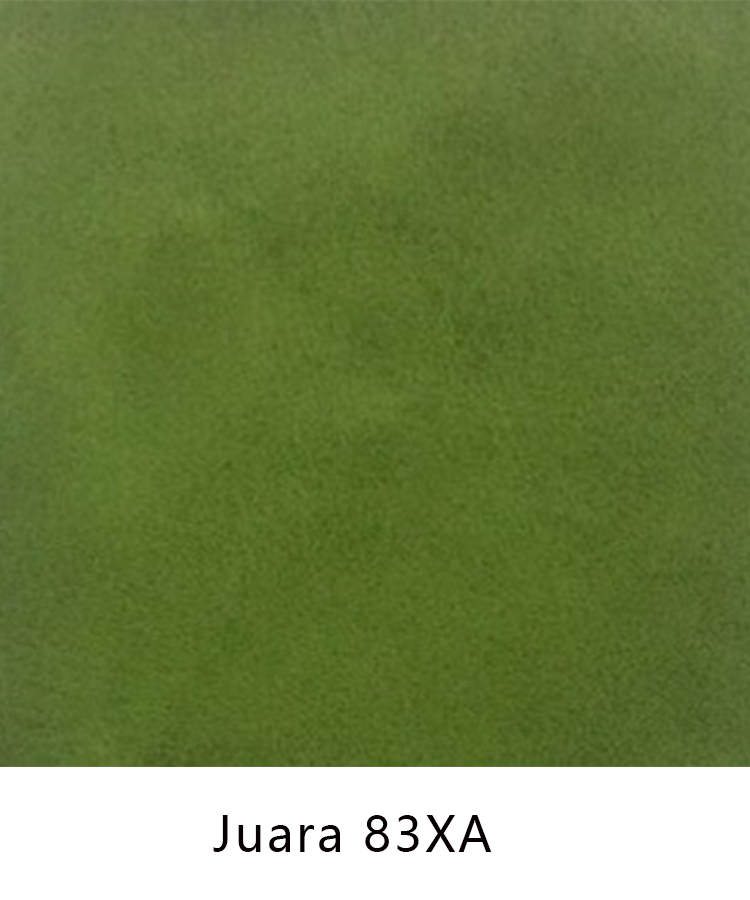
No matter which bookbinding technique you choose to explore, it is important to have the right tools and materials on hand. A bone folder, awl, needle, thread, and cutting mat are essential supplies for any bookbinding project. Additionally, investing in high-quality paper and cover materials will ensure that your finished books are durable and long-lasting.
As you begin your bookbinding journey, don’t be afraid to experiment and try new techniques. The beauty of bookbinding lies in its versatility and endless possibilities for creativity. Whether you are a seasoned bookbinder or a beginner looking to learn a new skill, there is something truly magical about creating a handmade book from start to finish.
In conclusion, bookbinding is a timeless craft that offers a unique and rewarding creative outlet for beginners and experienced artisans alike. By exploring popular bookbinding techniques such as saddle stitching, coptic stitching, Japanese stab binding, and longstitch binding, you can create beautiful and personalized books that are sure to be treasured for years to come. So gather your supplies, unleash your creativity, and start binding your own books today.
How to Choose the Right Bookbinding Materials for Your Project
Bookbinding is a meticulous craft that requires attention to detail and the right materials to create a beautiful and durable finished product. Whether you are a professional bookbinder or a DIY enthusiast looking to create your own custom journals or photo albums, choosing the right bookbinding materials is crucial to the success of your project.
One of the most important materials in bookbinding is the cover material. The cover not only protects the pages inside but also sets the tone for the overall look and feel of the finished book. When choosing a cover material, consider factors such as durability, texture, and color. Leather is a popular choice for its durability and luxurious feel, while cloth covers are more affordable and come in a wide range of colors and textures. For a more eco-friendly option, consider using recycled materials or vegan leather alternatives.
In addition to the cover material, the paper used for the pages of the book is also an important consideration. The weight and texture of the paper can affect how the book feels in your hands and how well it holds up over time. For a more traditional look and feel, choose a high-quality, acid-free paper that will not yellow or deteriorate over time. If you are looking for a more modern or artistic look, consider using specialty papers with unique textures or finishes.
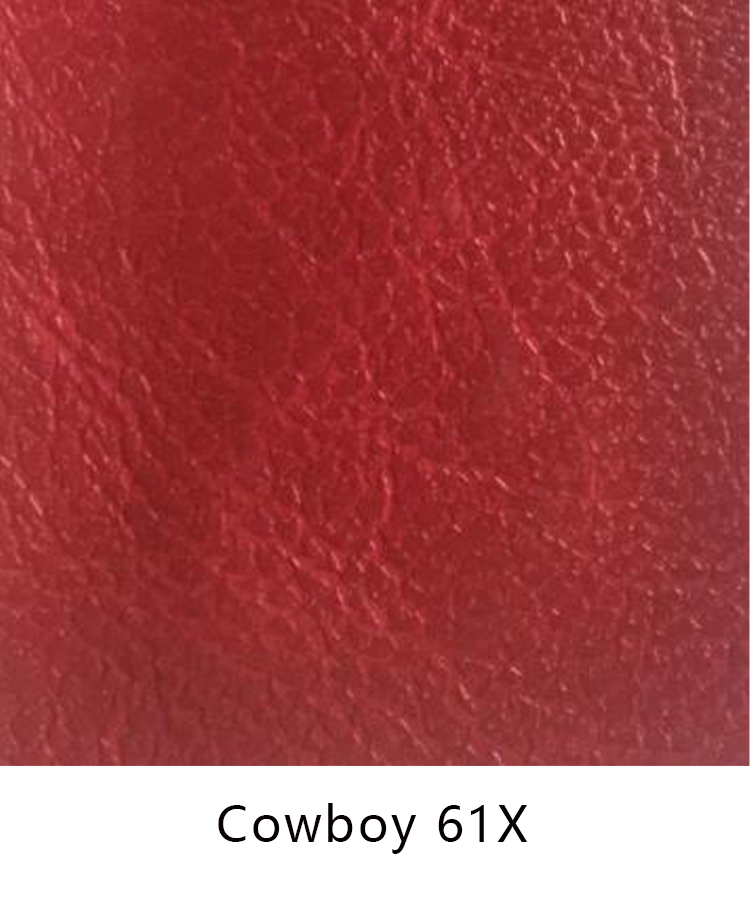
Another key component of bookbinding is the adhesive used to bind the pages together. There are several types of adhesives commonly used in bookbinding, including PVA glue, hot glue, and double-sided tape. Each type of adhesive has its own strengths and weaknesses, so it is important to choose the right one for your project. PVA glue is a popular choice for its strength and flexibility, while hot glue is quick-drying and easy to use. Double-sided tape is a good option for beginners or for projects that require a clean, professional finish.
| Name | Use |
| Fake leather book cover | All kinds of Use |
When it comes to binding methods, there are several options to choose from, including saddle stitching, perfect binding, and case binding. Saddle stitching is a simple and cost-effective method that is commonly used for magazines and pamphlets. Perfect binding is a more durable option that is often used for paperback books. Case binding is the most durable and professional-looking binding method, but it is also the most labor-intensive and expensive.
In conclusion, choosing the right bookbinding materials is essential to the success of your project. Consider factors such as cover material, paper weight and texture, adhesive type, and binding method when planning your bookbinding project. By taking the time to select the right materials for your project, you can create a beautiful and durable finished product that will be enjoyed for years to come.
